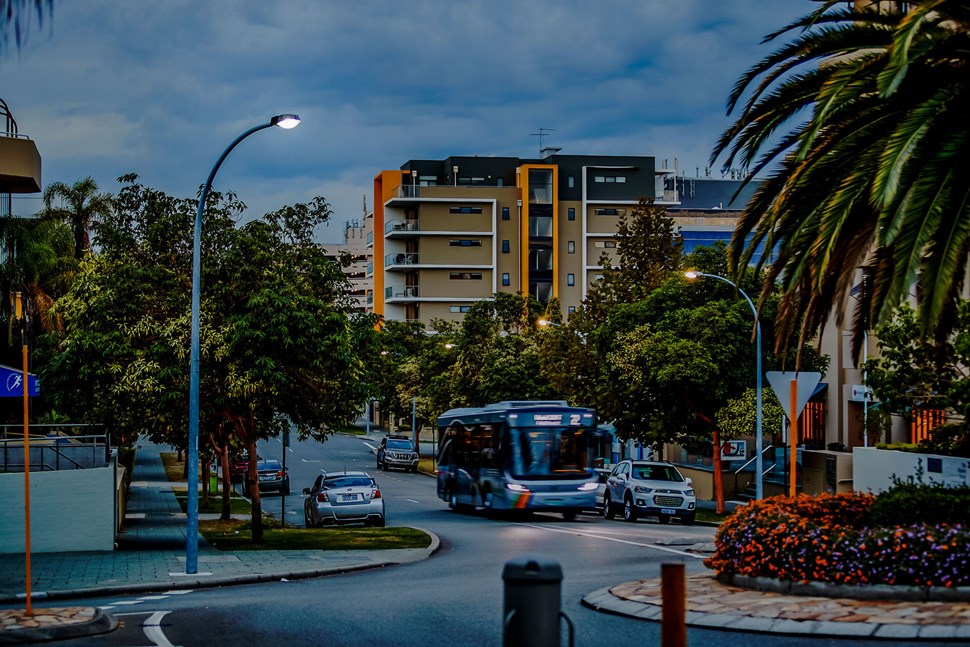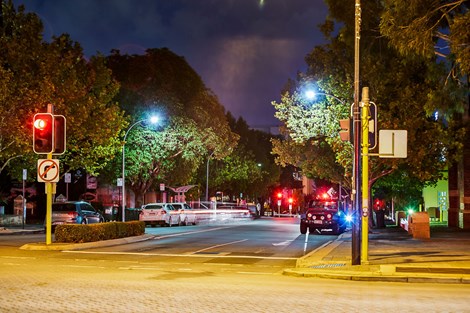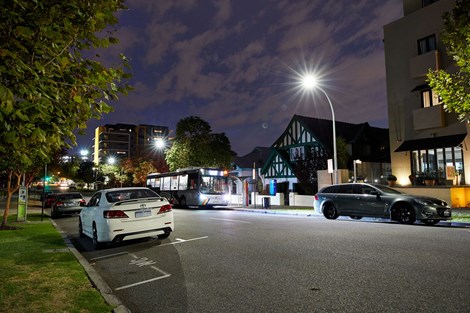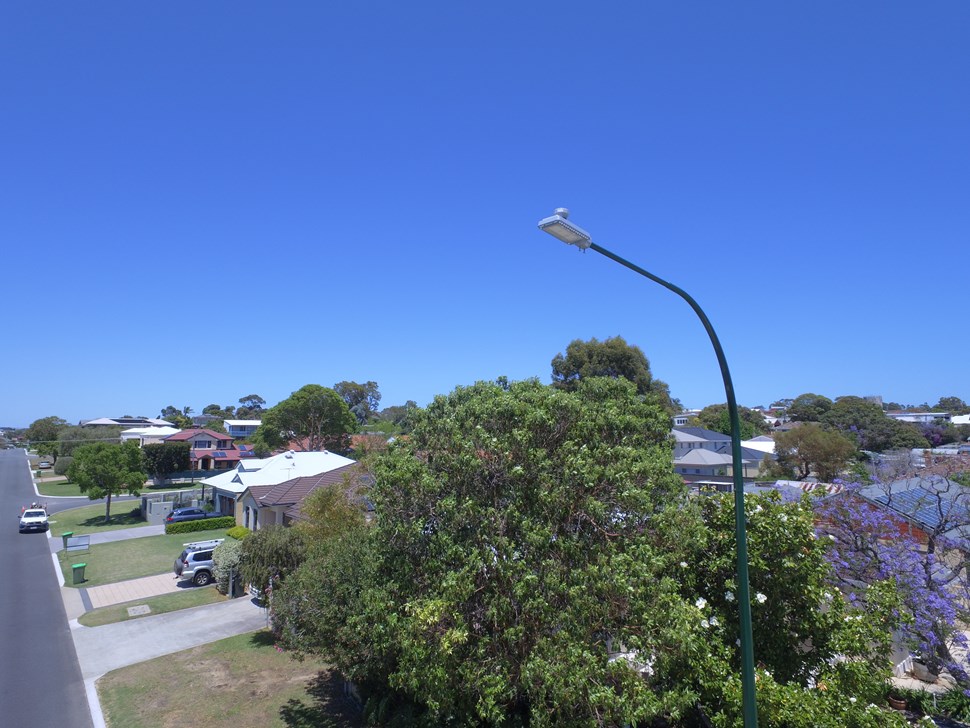One of the simple ways to decarbonise the grid is to make a small change that many people do at home, switching our streetlights to LED.
While many households have switched on to the energy saving efficiencies of LED lights, so have we.
What are the benefits of LED streetlights?
There are currently just over 278,000 streetlights across the Western Power network.
Most lights, like mercury vapour, high pressure sodium and compact fluorescent lamps, have a much shorter working life than LED lights.
So as part of the ongoing infrastructure upgrade, where possible, we are taking the opportunity to replace the standard streetlights with LED lights, which have a longer life cycle and therefore provide better lighting and security for the community.
LED lights also emit far less carbon than average lights.
“We estimate those streetlights currently create around 95,000 tonnes of Co2 emissions every year,” says Smart Solutions Program Manager, Chris Meneghello.
“By switching them through our LED replacement program, we estimate a reduction of more than 33,000 tonnes of carbon emissions a year.
“That is a huge and long-term cumulative carbon reduction across our grid and an environmentally important thing to do.”

Rolling out LED streetlights across the grid
Chris says that the rollout of LED lights is not as straightforward as heading out and replacing every light straight away.
The process is labour intensive, and requires the whole light fitting to be changed, he says.
“To install a LED light we actually need to change the entire fitting. So when we get a call out to a light where the fixture needs replacing, we take that opportunity to do the switch. But it requires people on elevated buckets working on poles, the time to complete each job safely, plus the cost of the LED light and fixture, to make that happen.
“So we 'green' where possible and where economically makes sense.
“That means that switching the network streetlights to LEDs is a process that will take time. However it is a worthwhile exercise in that given an LED light has a working life of between 10 to 15 years - more than five times an average light - that piece of infrastructure becomes more cost effective over the long-term.
 |
 |
LED streetlights significantly reduce carbon emissions.
Streetlights are getting smarter
The smart streetlights trial in Melville, which if rolled out to others, may speed up the transition, as LED lights are a pre-requisite for the technology.
“Smart streetlights lets us know automatically if there is a faulty light through a central management system. It also allows us to remotely dim each and every single light connected,” says Chris.
“It makes it quicker and easier to deal with issues, and given we get 40,000 calls a year about faulty lights or lights that have issues, we would be able to significantly reduce the number of calls.”
As smart streetlights can be remotely dimmed to suit the light conditions, they also create further savings in carbon emissions.
“So if a council chooses to have smart streetlights installed, we will automatically have to transition the lighting to LED, speeding up the process of switching over the network,” says Chris.
“The two projects combined are great because not only do they create a longer lasting and more responsive infrastructure, reducing fault times, and it helps Western Power reduce the grid’s carbon emissions.
“It’s really the start of smart cities and it offers better environmental and infrastructure outcomes for the community, the local councils who are responsible for the lights and Western Power and the grid.
“These are exciting new times and I’m glad to be part of these types of projects where we can make a difference in everyday life for our communities.”
More information
- Find out about our smart streetlights trial in Melville.
- What is decarbonisation? Click here to find out.
- See how we protect flora and fauna during our works

Our smart streetlights trial in Melville wrapped up in late 2020 and received a lot of positive community feedback.
